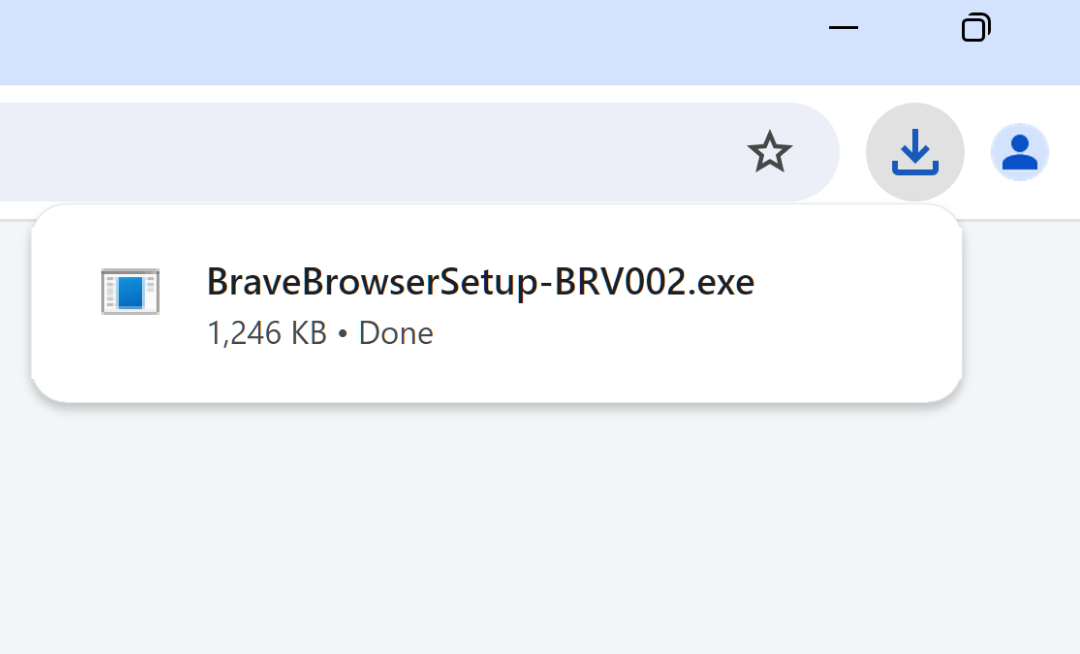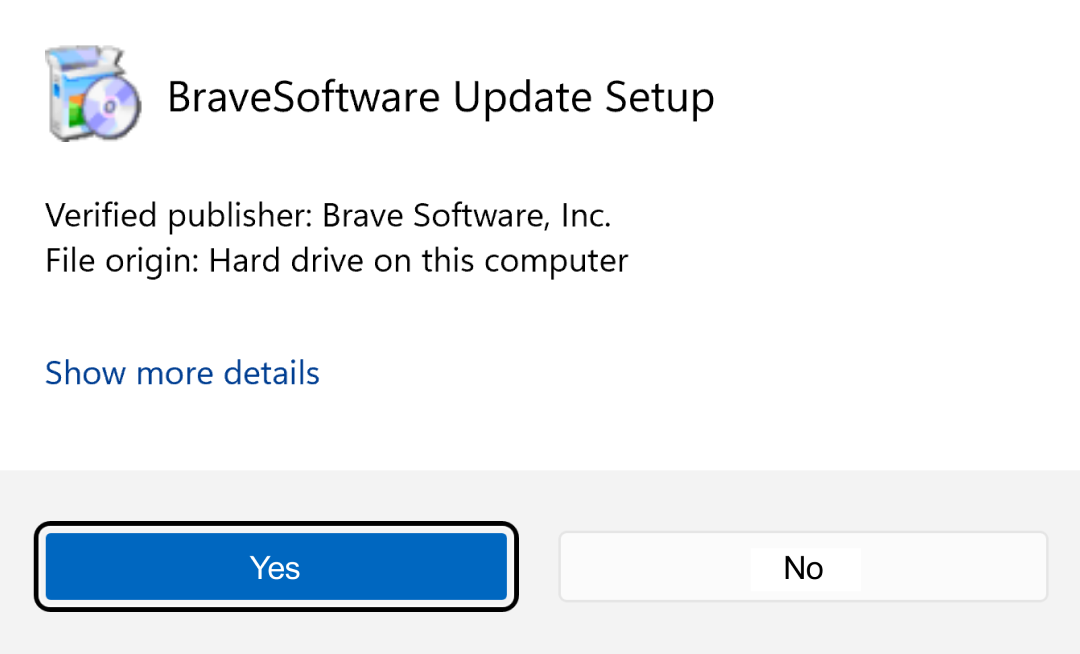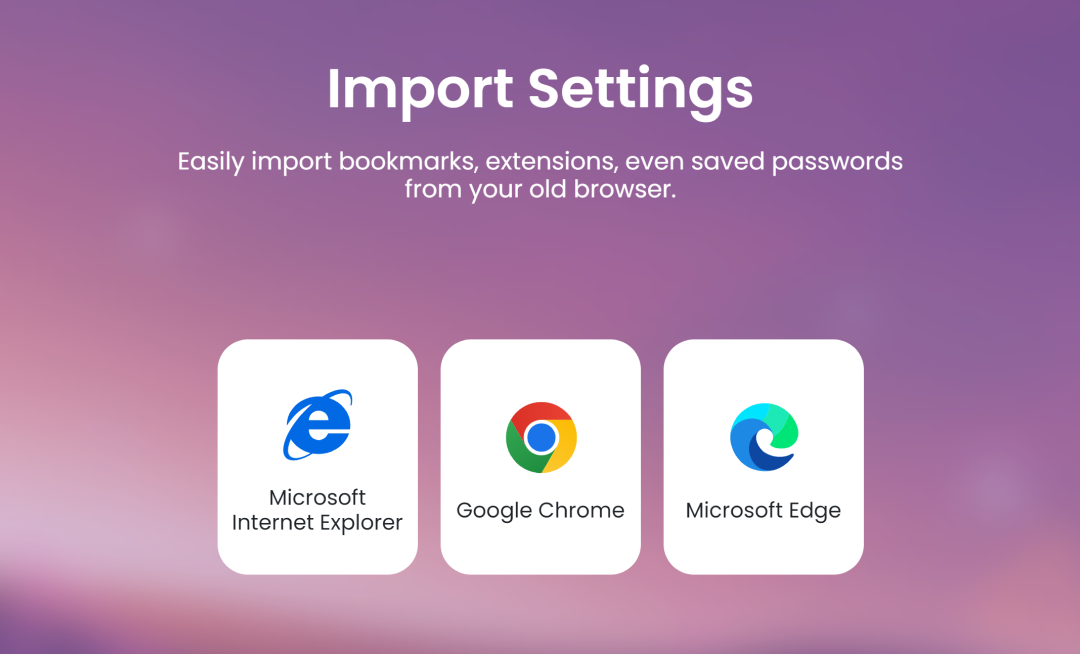Google Chrome has a built-in tool that limits the number of ads you see while browsing the Web. Like most ad blockers, Chrome’s service improves your experience by reducing unwanted pop-ups, and stopping noisy autoplay videos. And you can turn Chrome’s ad blocker on or off at any time. But note that this tool isn’t so much an ad blocker as an ad limiter. Many ads will still get through, even with Google’s tool turned on—ads that are both annoying and privacy-invading.
If you’re looking for better privacy and a better overall experience, you should instead consider a third-party extension like AdBlock Plus, or a privacy browser with built-in ad blocking, like Brave. Before we explain how to enable and disable ad blocker on Chrome, let’s first examine how Chrome’s ad blocker works, and what it can and can’t do.
Understanding Chrome’s built-in ad blocker
Chrome’s built-in ad blocker (or limiter) is set to keep ads within a specific range of acceptability, using something called the Better Ads Guideline. Ads that are especially intrusive or annoying are blocked; others ads will still appear on the pages you view.
Why does Google take this approach? Because Google is, first and foremost, an advertising company. Ads are how they make much of their revenue. Google doesn’t block YouTube ads, for example, because YouTube is part of Google, and both sites profit from those ads.
Knowing Chrome’s built-in blocker has these limitations, most people instead turn to separate browser extensions. These add-ons use available ad scripts to block webpage requests to load third-party ads (i.e. those not hosted directly on the page itself). For first-party ads (i.e. those hosted directly on the page), ad blockers can sometimes—though not always—successfully prevent the ad from displaying correctly.
The most common third-party ad blockers for Chrome
One of the most common ad blockers for Chrome is AdBlock Plus. This widespread application is the first to appear in search results and has some of the best ratings. It works as a simple extension for Chrome and other popular browsers, and blocks ads on Youtube, Facebook, Twitch, and more.
Another popular application is Ghostery, which functions as an ad-blocker while stopping social media trackers and cookies. Because Ghostery is extremely easy to personalize, you can also determine what’s visible as you browse.
As always, you should verify any extension you add to Chrome. Also, be aware that Google has plans to restrict which ad blockers work with the Chrome browser, a development that may also impact Microsoft’s Edge browser. Because Google profits heavily from ads and trackers, promoting effective ad blockers is not always in their best financial interests.
How to enable and disable Chrome’s built-in ad blocker, or ad blocker extensions
If you still want to proceed with Chrome’s pre-installed ad limiter on desktop, follow these steps to enable or disable it:
- Open Google Chrome.
- Open the Settings menu, and click Security and Privacy.
- Select Site Settings, and then click Additional permissions.
- From here, you can toggle Ads on or off, and also adjust Popups and redirects.
If you instead want to install a third-party ad blocker, you can visit the Chrome web store. You can also uninstall these extensions at any time.
However, a native ad-blocker (i.e. one that’s not an extension) in a default privacy browser is the best option of all.
A privacy browser: Brave and its built-in ad blocking
By default, the Brave browser blocks invasive ads and trackers on the websites you visit. Brave was built for privacy, integrating a suite of features that conceal your data from prying eyes.
And, by blocking ads in this way, Brave brings a significantly faster experience as you browse the web—no ads means less data on every page, and faster page loads. Brave even offers protection outside the browser with a built-in virtual private network (VPN).
Download Brave today for a faster, safer, more private experience online.






